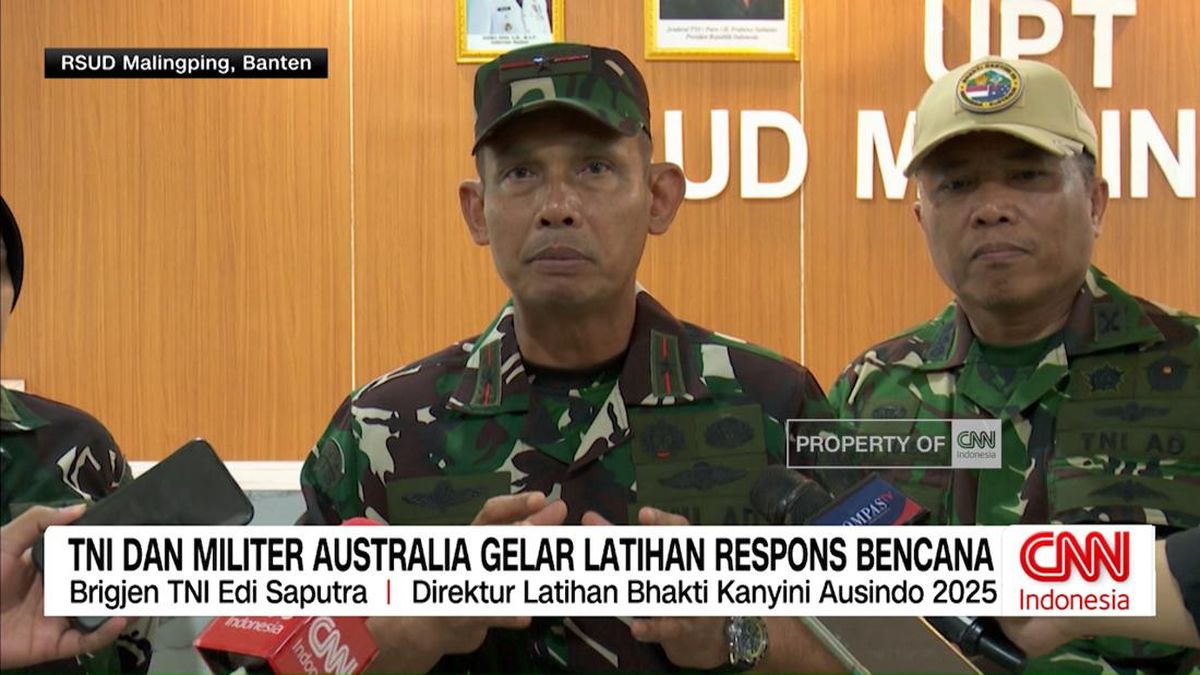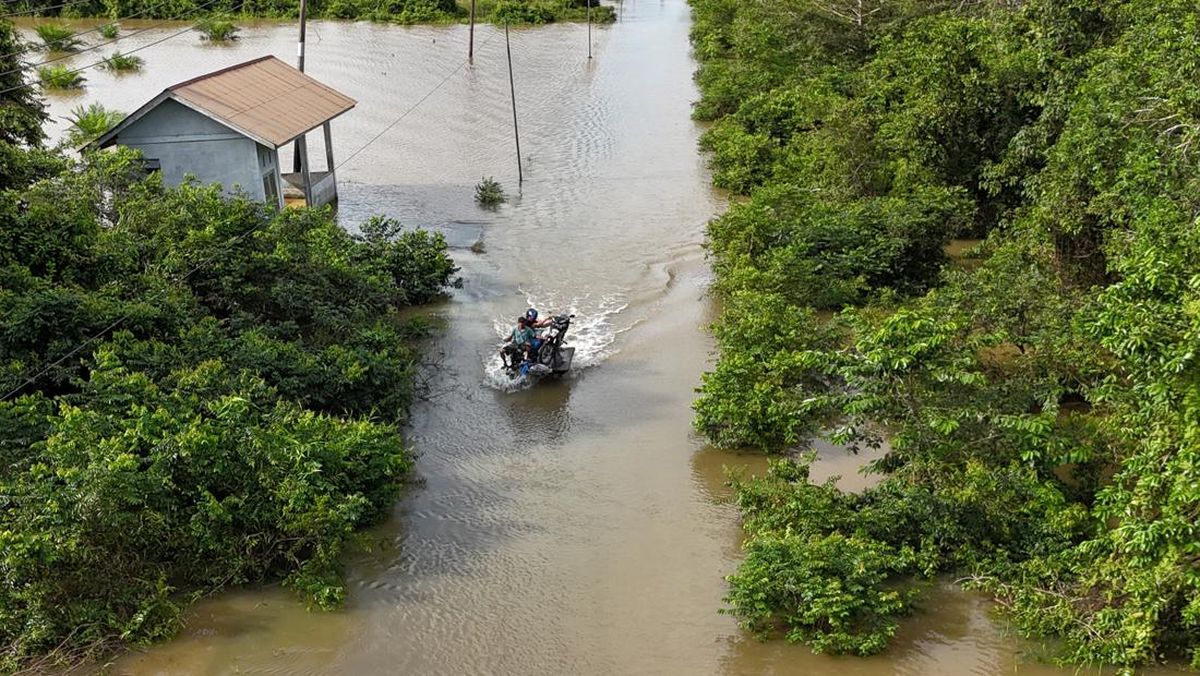How many sharks are in the beaches and rivers around Brisbane? More than you’d think
Swimmers prepared to venture in for a dip at a beach or river near Brisbane will be unknowingly sharing the water in proximity of a bull shark.
That’s according to Dr Bonnie Holmes, who’s overseen a major study tracking the apex predators across south-east Queensland.

There are no trackers in the Brisbane River, but doctor Bonnie Holmes said there is “definitely, definitely, definitely” a thriving population of bull sharks. Credit: University of the Sunshine Coast
“You’re often in proximity … 100 per cent,” she told this masthead.
“Are they around already when people are using these really popular areas for swimming … like the Brisbane River? Yeah, absolutely.
Loading
“We’ve been sharing quite successfully those lower waterways with bull sharks for many, many years.”
Holmes and her University of the Sunshine Coast research team surgically implanted tracking devices into dozens of sharks, and followed them up and down the East Coast for two years.
They’ve made some remarkable discoveries, with the sharks recorded as far south as the Victorian border amid warming sea temperatures, and as far north as Weipa.
“We’re really just scratching the surface on what these long-lived animals are doing,” Holmes said.
Overall, the number of bull sharks in south-east Queensland is booming – but it’s not entirely clear why. They could be reproducing at a higher rate, or new populations could be migrating here as waters heat up further north.

The University of the Sunshine Coast research team surgically implanting tracking devices into a bull shark. The devices have a 10-year battery life, and can be picked up by receivers from up to a kilometre away. Credit: University of the Sunshine Coast
In the Brisbane River, numbers are difficult to track in real time as there are no receivers, but Holmes is confident bull sharks are extremely common.
“Definitely – colleges have actively tracked sharks that were swimming underneath people who were water-skiing and doing all the stuff people do on the river,” Holmes said.
However, in some highly built-up areas – including the Mooloolah River through Mooloolaba – populations have completely collapsed. It’s prompted questions about environmental management and the impacts of development.
“We suspect that it’s got to do with all of the structural changes that have occurred,” she added.
“It’s the only system that doesn’t have a natural mouth, and all the mangroves have been removed. It’s obviously highly residential.”
The research is ongoing, but Holmes said its findings could have significant impact on conservation efforts.
“Sharks are the most important thing for a healthy ecosystem,” she said.
“They sit at the top of the food chain … as soon as you knock the sharks out, you then see increases in lots of other species that might then prey on your herbivores, which means all of a sudden algal growth goes out of control, which can smother coral.
“It’s all based on a balance.”
And amid an ongoing political debate, does she believe shark nets really protect beach swimmers?
“There’s no scientific evidence to suggest that they reduce the likelihood of attacks,” Holmes said.
“I’m really happy that a couple of days ago it was announced they’ll be giving the Noosa Council, some powers to trial net removal next year when the whales are migrating.
“Watch this space.”
The tracking project has been nominated as a finalist in the Noosa Biosphere Awards.
Start the day with a summary of the day’s most important and interesting stories, analysis and insights. Sign up for our Morning Edition newsletter.
Most Viewed in National
Loading


















































